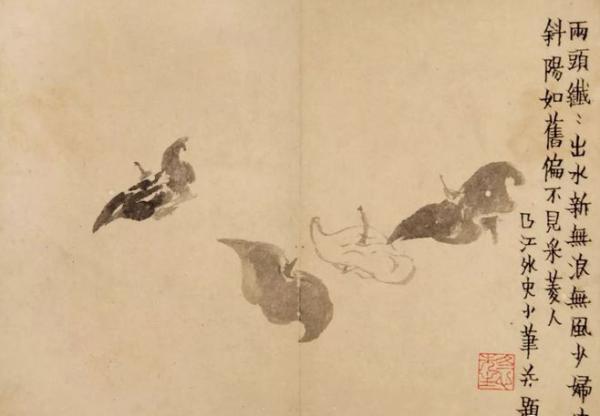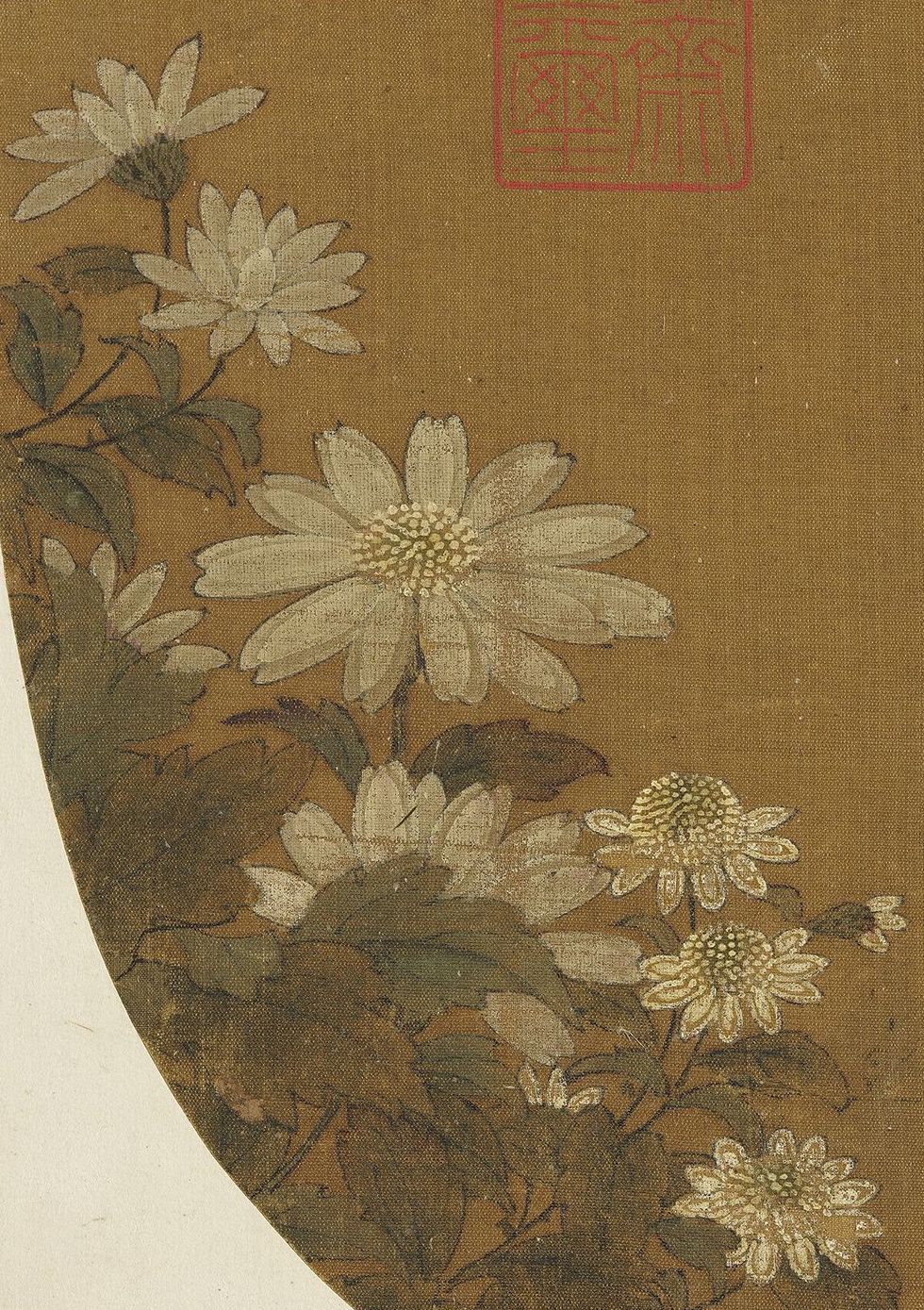
"Egrets fly over the desert paddy fields, and orioles sing over the overcast summer trees." This is a poem written by Wang Wei, a poet from the Tang Dynasty, describing the paddy fields in early summer in his "Jiyu Wangchuanzhuang Zuo".
Today's Xiaoman is the second solar term of summer . The ancients called it the first summer, also known as the beginning of summer. Things are so small that they are full: this is the only solar term named after the growth state of plants. At this time, the grains of summer-maturing crops such as wheat begin to fill, but are not yet fully mature, so they are called Xiaoman.
During Xiaoman season, loquats turn yellow, bayberries turn red, and watermelons turn sweet. It can be said to be the most beautiful time in early summer. Folk customs during the Xiaoman season include worshiping the "Silkworm God" Leizu, worshiping the Water Chariot God, and eating wild vegetables, etc., which are often reflected in the famous calligraphy and painting works of the past dynasties.
Xiaoman folk customs: worshiping the silkworm god, worshiping the water chariot god, etc.
In ancient times, people regarded silkworms as a natural creature. In order to pray for God's forgiveness and a good harvest from raising silkworms, the Silkworm Praying Festival is held during the release of silkworms. Silkworm farmers will go to the "Silkworm Temple" to offer fruits, wine, and sumptuous dishes to worship. In particular, they will place "noodle cocoons" made of flour on a straw mountain made of straw to pray for a good harvest of silkworm cocoons.
During the Xiaoman Festival, silkworm cocoons are formed and silk is waiting to be harvested. This is the busiest season for farmers. As the saying goes, "Xiaoman drives three carts," referring to silk carts, oil trucks, and field carts.
Modern painter Qi Baishi painted too many "Silklore Maps", one of which was painted with spring silkworms that were eating mulberry leaves. Three of them held one leaf on one side. When all is gone, the spring silkworm is outlined with a simple brush, and then slightly dyed with light ink according to the shape, vividly depicting the soft body and curved body of the silkworm, and then dotting the eyes, mouth, and tentacles. Although it is a freehand brushwork, it is extremely lifelike. The posture conveys abundant vitality in just a few strokes.
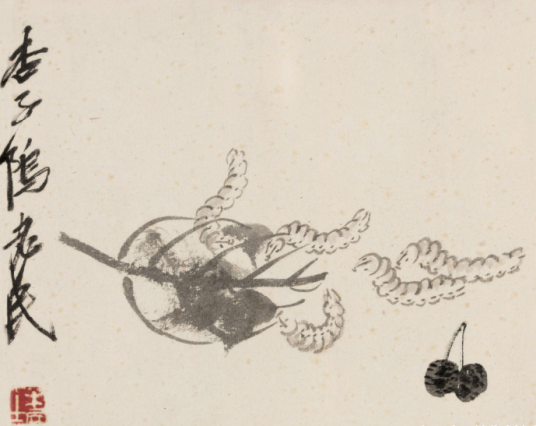
Silkworms written by Qi Baishi
In agricultural proverbs, ordinary people often use "man" to refer to the abundance of rain. Xiaoman is the time for top dressing of early rice and transplanting of mid-season rice in the south of the Yangtze River. Therefore, water carts and worshiping the water cart gods are also important folk customs during the Xiaoman season.
Ancient paintings depicting this folk custom include "Picture of Worshiping the Water Chariot God" and so on.
On the right side of the "Picture of Sacrifice to the God of Water Chariots" there is a poem "Irrigation" written in seal script: "I despise the people of Song Dynasty by pulling out the seedlings, and I feel ashamed of Mengzhuang by holding the urn. Like the tailed crow, the water flows backward to drain the pond. I dance with the green waves, and the rice baskets The sun is setting and the willows are fading, and the girls are singing and singing. "There is a poem written by Qianlong in the upper left corner: "The farmers are using the village to collect the water, and the carts are turning to collect the ponds. "It's so hard to eat a grain of rice on your back to enjoy the cool air."

"Water Chariot God Picture" depicting Xiaoman folk customs
Disputes over water sources are common in agricultural production. Only by shouting, shouting, stepping in, and overpowering the other party can we confidently occupy water resources. The fan of "Farm Waterwheel" painted by Zhang Hong in the Ming Dynasty vividly captured this quarrel in the fields.
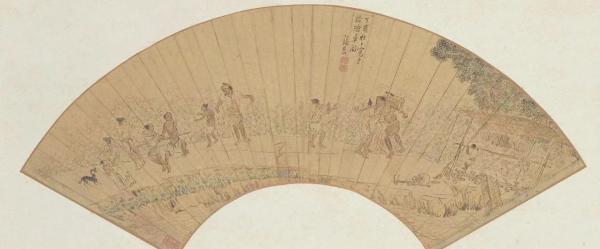
"Farmland Waterwheel" by Zhang Hong, Ming Dynasty, collected by the Palace Museum
There are also pictures of traffic in the paintings of Tang Yun, a modern Shanghai-style painter. He painted it when he was 32 years old. The inscription reads: "Egrets fly in the desert paddy fields, and orioles sing in the gloomy summer trees." This is the poem "Jiyu Wanchuan" by Wang Wei, a poet of the Tang Dynasty. Sentences from the poem "Zhuang Zuo".
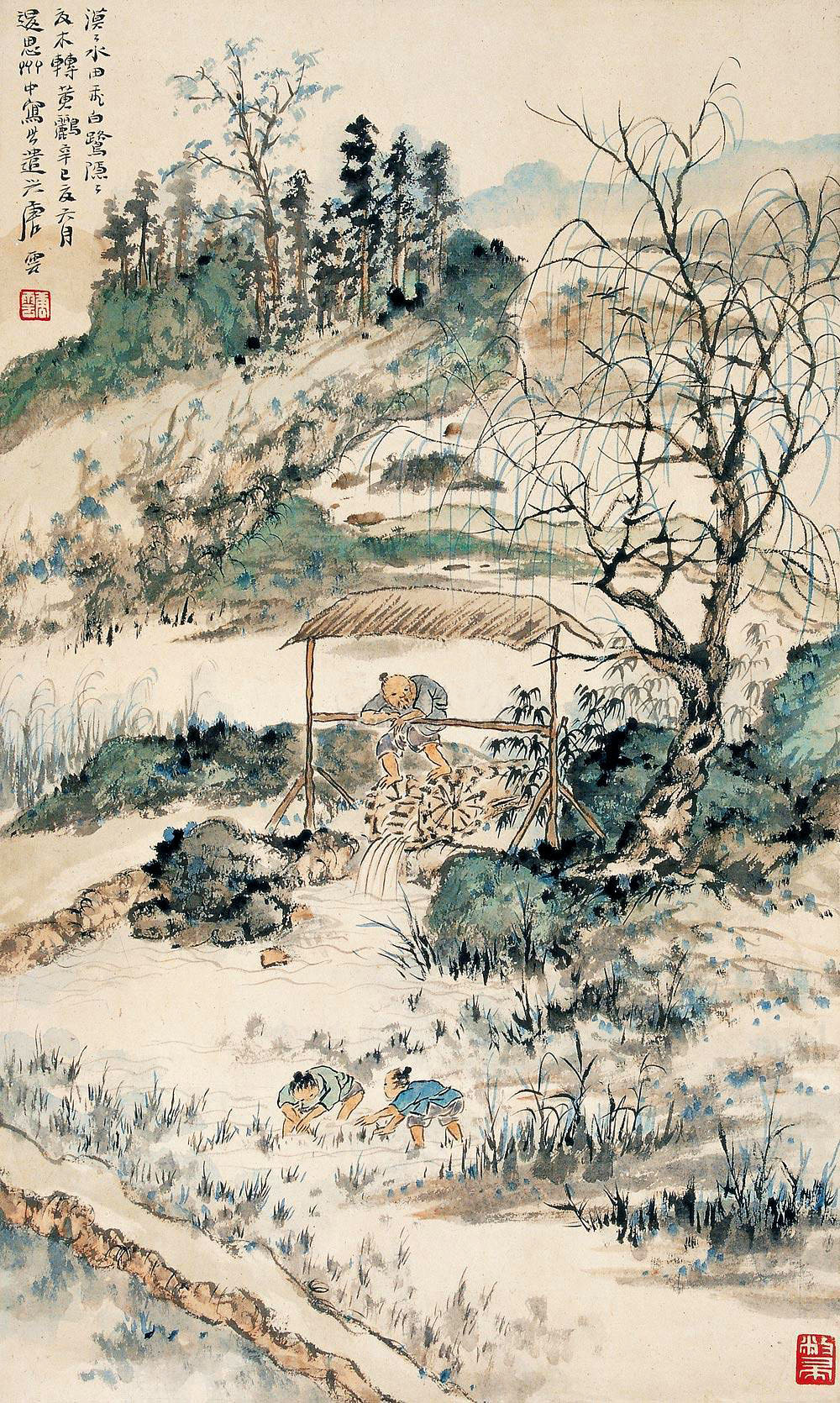
Tang Yun's "Momo Paddy Field"
Xiaoman scenery: wild vegetables, loquats and pomegranate flowers
In the old days, Xiaoman still had the custom of eating wild vegetables. There are many chapters recording wild vegetables in the Book of Songs. The Illustrated Study of Mao Shipinwu (compiled by Oka Motoho and illustrated by Tachibana Kunio) is an 18th-century Japanese sinologist's illustrated book on the animals and plants in the Book of Songs. The wild vegetables are quite vivid.
There are also wonderful depictions of wild vegetables in ancient calligraphy and painting.

Biography Yuanwangyuan Saxifrage
"Saxifrage" by Wang Yuan (Biography) of the Yuan Dynasty collected by the National Palace Museum in Taipei depicts a blooming saxifrage, as well as crickets, damselflies, and snails, and is rich in content. The artist's short, repetitive and dense lines of saxifrage convey a furry effect and produce an embroidery-like texture. Two crickets in the lower right corner seem ready to fight.

Qing Jiang Ting Xi grass stone grasshopper
Jiang Tingxi's "Grasshoppers on Grass and Stone" from the Qing Dynasty used grasshopper paper to depict dianthus, grasshoppers and foxtail grass, which can easily express the characteristics of rich colors. The artist skillfully used the color changes between red and green to show the subtle differences between the protective colors of plants and insects. The spikes of foxtail grass are patiently painted one stroke at a time, using a method similar to the fine brush painting of animals.
Xiaoman season is the season when pomegranate flowers bloom. "Pomegranates have more flowers than fruits. They come in three varieties: bright red, peach red, and light white. They are as hot as fire and have no solid substance. They are suitable for planting in the garden." The pomegranate was described in "Changwu Zhi" written by Wen Zhenheng of the Ming Dynasty. Every May is the time when pomegranate flowers bloom, so it is also known as the pomegranate moon.
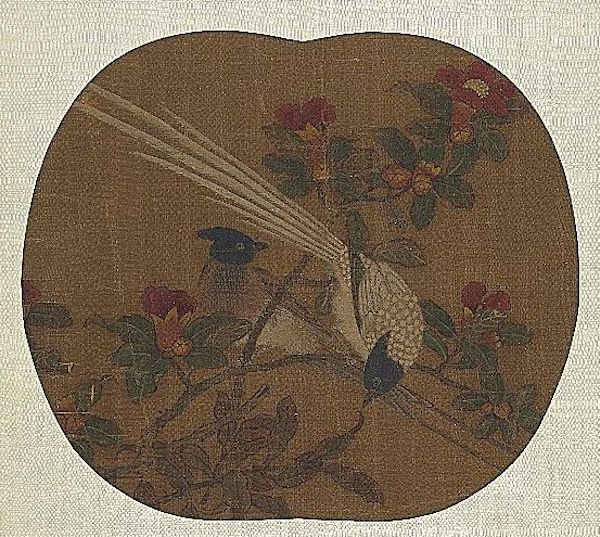
Zhao Changshou of the Song Dynasty wears pomegranate flowers. This painting is selected from the "Tang, Song and Yuan Collection Painting Album" collected by the National Palace Museum in Taipei.
Pomegranates were brought back from Anshi by Zhang Qian during his mission to the Western Regions during the Han Dynasty. There have been many good verses praising the pomegranate throughout the ages. For example, Han Yu of the Tang Dynasty wrote, "The pomegranate blossoms illuminate your eyes in May, and you can see the beginning of growth among the branches." A famous line from Kong Shao'an of the Tang Dynasty in "A Banquet of Pomegranates": "It's just that it comes late, and the flowers don't bloom as early as spring."
There are also many excellent paintings and calligraphy works of pomegranate flowers in the past dynasties. Some of them are composed of broken branches and flowers, and some appear as seasonal flowers in Dragon Boat Festival scenes. For example, the Yuan Dynasty's scroll "Painting the Heaven with Chinese Rui", and the Ming Dynasty Lu Zhi's pomegranate flowers with broken branches have a postscript in Wen Zhengming's cursive script: In May in the south of the Yangtze River, the green branches are evenly cut, and the pruning is light and ruffled. Cherish Dongjun's pity for loneliness, so he expresses the beauty of the spring.

Yuan people's painting of the Chinese auspicious axis in the sky. Collection of the National Palace Museum in Taipei.
In the Yuan Dynasty's "Painting of Chinese Prosperity in the Sky", under the pomegranate tree, hollyhocks are in full bloom, gardenias are also competing for beauty, and mugwort and wild chrysanthemums are dotted under the trees and rocks. The bark is characterized by dot-like wrinkles, giving it an old and mottled look.

Yuan people's painting of the Chinese auspicious axis in the sky (detail) Collection of the National Palace Museum, Taipei

A scroll with pomegranate flowers painted by Ming Luzhi. Collection of the National Palace Museum in Taipei.
(This article is comprehensively compiled based on relevant folk cultural materials, the Palace Museum and The Paper news reports)
